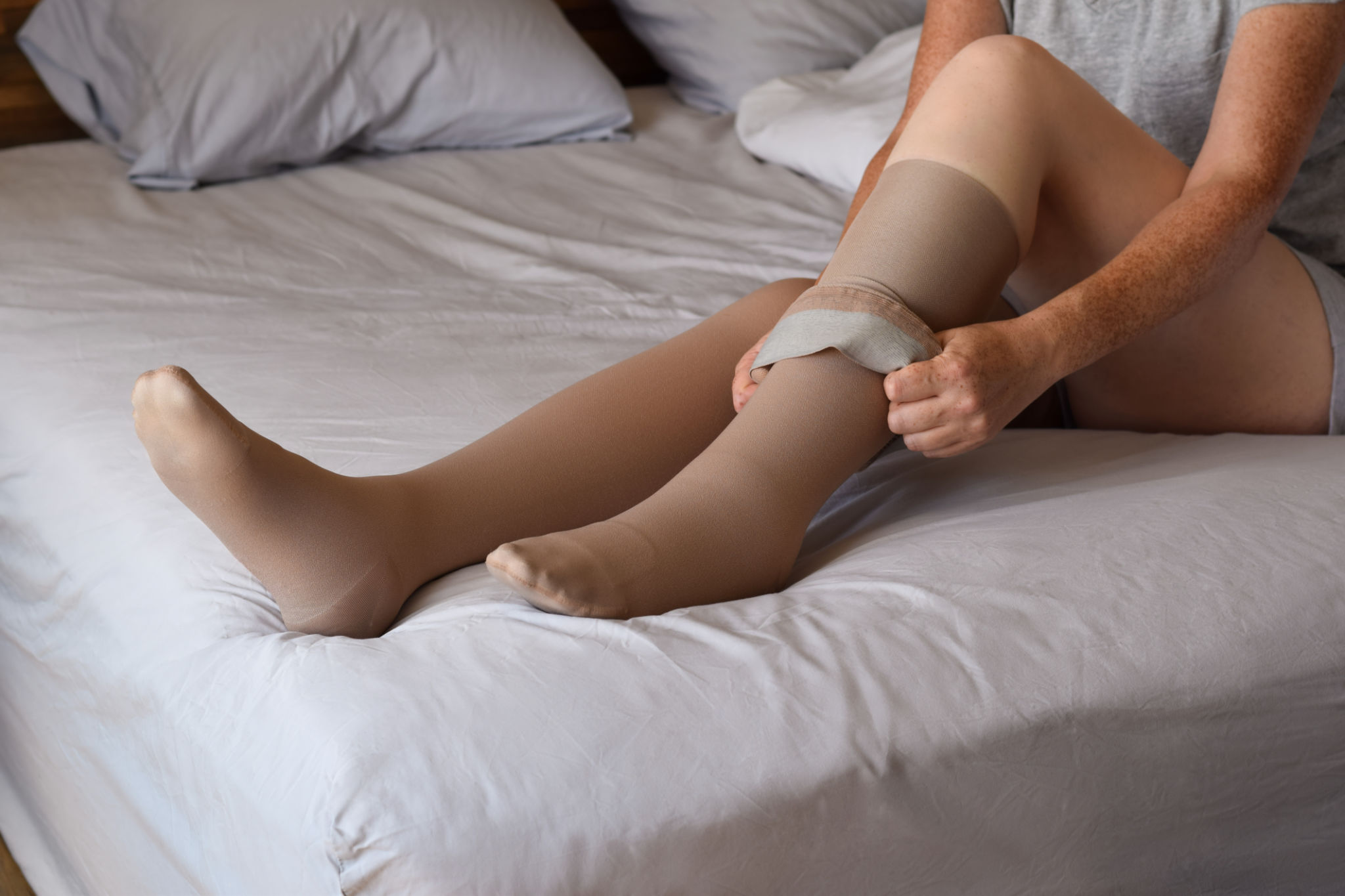How to Choose the Right Compression Garment for Lymphedema
Understanding Lymphedema
Lymphedema is a chronic condition that involves swelling in the arms or legs due to a blockage in the lymphatic system. Proper management of this condition is crucial, and one of the most effective ways is through the use of compression garments. These garments help facilitate lymphatic drainage and reduce swelling. However, choosing the right compression garment can be overwhelming given the variety of options available.

Determine Your Compression Level
Compression garments come in different levels of pressure, measured in millimeters of mercury (mmHg). The correct compression level depends on the severity of your lymphedema and should be recommended by a healthcare professional. Generally, compression levels range from mild (15-20 mmHg) to very firm (30-40 mmHg) or higher for severe cases. Choosing the right level is crucial to ensure both comfort and effectiveness.
Consult with a Specialist
Before purchasing a compression garment, it's crucial to consult with a lymphedema specialist or a healthcare provider. They can assess your condition and recommend the appropriate compression level and type of garment. This personalized advice ensures that you are using the most effective treatment for your specific needs.

Selecting the Right Material and Style
Compression garments come in various materials and styles, each offering different benefits. Common materials include nylon, spandex, and cotton blends. The choice of material can affect comfort, breathability, and flexibility. It's essential to select a material that suits your lifestyle and comfort preferences.
Consider the Style
The style of the compression garment is also important. Options include sleeves, gauntlets, stockings, and full-length garments. For arm lymphedema, sleeves or gauntlets are typical choices, while leg lymphedema might require knee-high or thigh-high stockings. Your lifestyle and specific needs will guide your choice of style.

Proper Fit is Crucial
A well-fitted compression garment is essential for effectiveness. Ill-fitting garments can lead to discomfort or inadequate compression. To ensure a proper fit, take accurate measurements of the affected area and follow the sizing chart provided by the manufacturer. Many suppliers offer custom-fit options for unusual sizes or shapes.
Regularly Check Your Garment
Over time, compression garments can lose their elasticity and effectiveness. It’s important to regularly check your garment for signs of wear and tear. Most manufacturers recommend replacing compression garments every three to six months to maintain optimal performance.
Additional Tips for Maintenance
Proper maintenance of your compression garments extends their lifespan and effectiveness. Always follow the manufacturer's care instructions; typically, this involves hand washing with mild detergent and air drying. Avoid using fabric softeners or dryers as they can damage the fibers.

In conclusion, choosing the right compression garment for lymphedema involves understanding your compression needs, consulting with healthcare professionals, selecting appropriate materials and styles, ensuring a proper fit, and maintaining the garment correctly. By taking these steps, you can effectively manage lymphedema symptoms and improve your quality of life.
